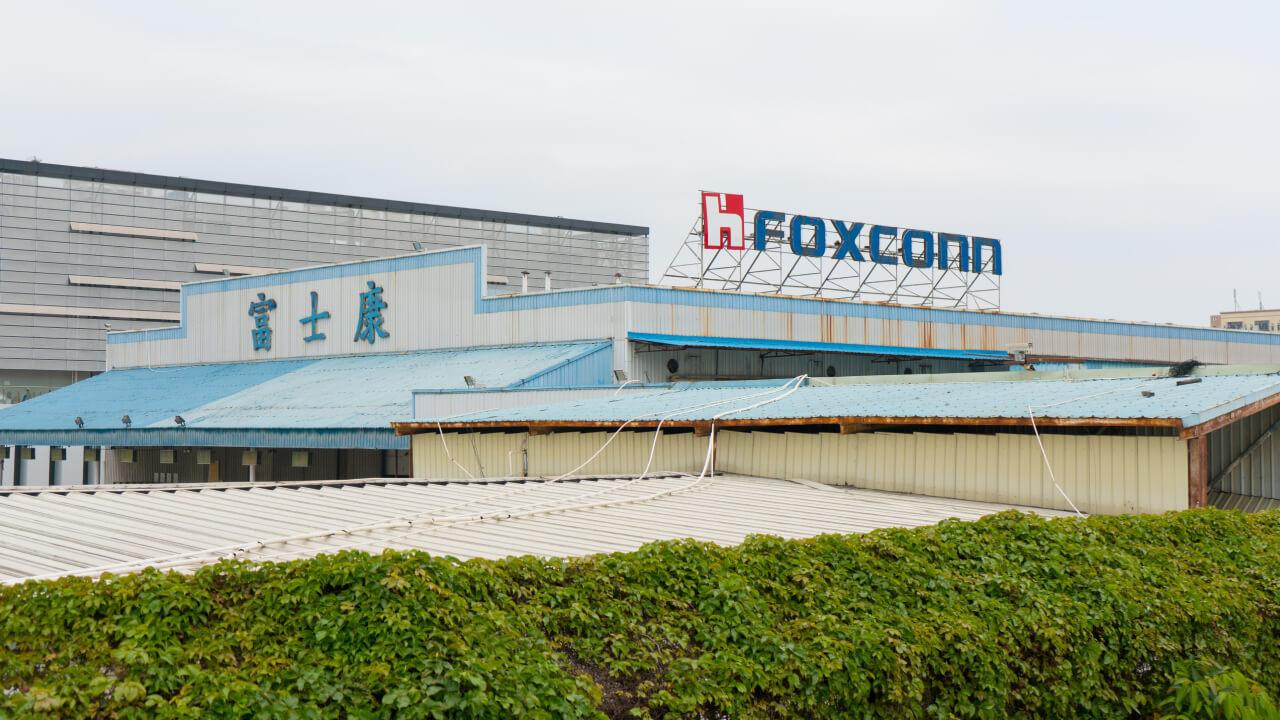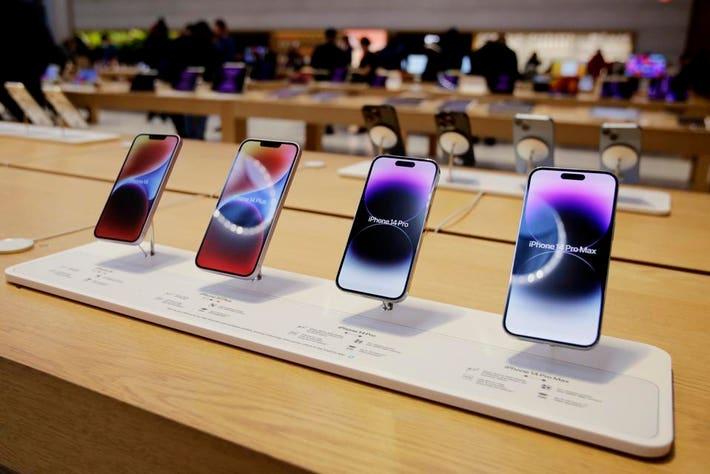Best VPN Services in 2025: Secure Your Online World
Discover the best VPN services of 2025 for privacy, speed, streaming, and security. Compare top VPNs like ExpressVPN, NordVPN, and Surfshark to protect your online activity.

Discover how the ongoing US-China tariff war may increase Apple product prices. Learn which Apple devices are most at risk and how consumers can prepare.
In recent years, tensions between the United States and China have escalated into a full-fledged trade war, with both countries imposing tariffs on hundreds of billions of dollars' worth of goods. While this economic battle affects numerous industries, one high-profile company caught in the crossfire is Apple Inc.
As the tariff war continues, many consumers are wondering: Will the prices of Apple products go up? The short answer is—very likely, and here's why.
Table of contents [Show]

Caption: Foxconn factory in Shenzhen, where many Apple devices are assembled.
Apple has long relied on China as a hub for assembling its most popular products. Flagship devices such as the iPhone, MacBook, and iPad are largely manufactured by Chinese partners like Foxconn and Pegatron. While Apple designs its hardware in California, the critical final assembly and much of the component sourcing happen in China.
If the U.S. imposes or increases tariffs on goods imported from China, Apple products—or their parts—could fall under those taxable categories. These additional costs would either be absorbed by Apple (cutting into profit margins) or passed on to consumers—resulting in higher retail prices.

The iPhone, Apple's most iconic product, is at high risk. With assembly centered in China, any increase in tariffs could lead to noticeable price bumps—potentially $100 or more for premium models if Apple doesn’t absorb the cost.
MacBooks are another product line deeply integrated with Chinese manufacturing. While Apple has shifted limited production elsewhere, most units still come from China, making them highly susceptible to tariffs.
Although the Apple Watch might fall under different product classifications, its Chinese manufacturing roots still place it at risk of moderate price increases.
As one of Apple's fastest-growing product segments, AirPods (especially the Pro and Max versions) are mostly made in China. A tariff could raise costs by tens of dollars per unit.
Chargers, cables, adapters, and other accessories are frequently overlooked but are heavily dependent on Chinese production. These smaller items may see higher percentage price increases.
Apple isn’t without options. It has begun shifting some production to countries like India and Vietnam in an effort to reduce dependence on China. However, large-scale moves take time and require regulatory approval, skilled labor, and supply chain adjustments.
Apple also has the financial strength to absorb short-term costs. With high margins on many products, it may choose to shield customers temporarily from price increases to stay competitive.
If the trade war intensifies or new tariffs target consumer electronics, you may soon find yourself paying more for your favorite Apple products.
The US-China tariff war isn’t just a geopolitical battle; it affects the devices in our hands and the prices we pay. While Apple is maneuvering to protect its margins and consumers, sustained tariff pressure will likely push prices up, especially for products still assembled in China.
Whether you’re an Apple loyalist or a casual buyer, it’s worth keeping a close eye on how global economics may affect your next tech purchase.
Discover the best VPN services of 2025 for privacy, speed, streaming, and security. Compare top VPNs like ExpressVPN, NordVPN, and Surfshark to protect your online activity.
Discover the top 10 everyday devices that quietly use IoT technology to enhance your life. From smart thermostats to connected cars, explore how IoT is transforming daily routines in ways you don't notice. Learn more now!
Discover how chatbots work behind the scenes with large language models, transformers, and AI training. A deep dive into the tech powering modern AI.

